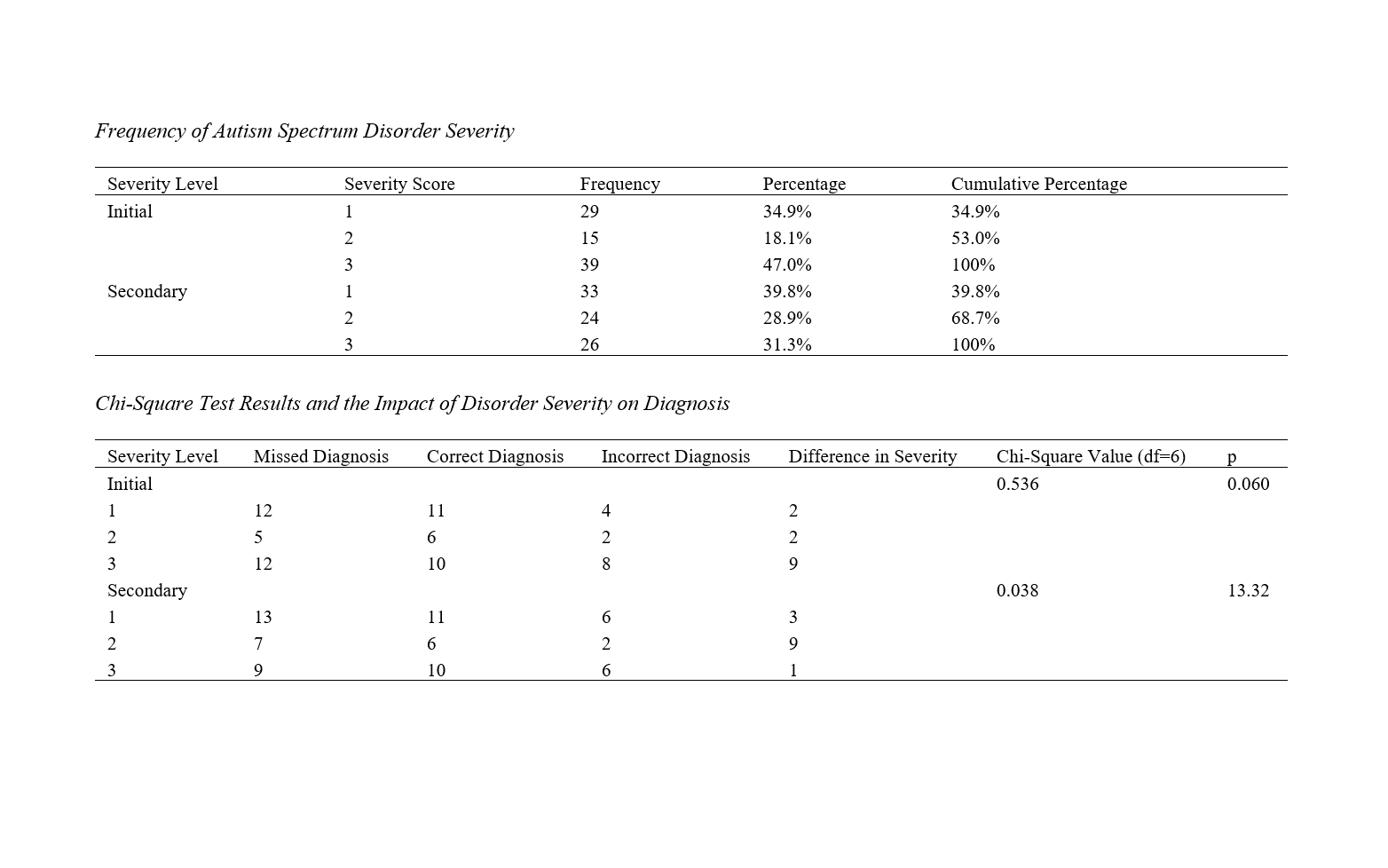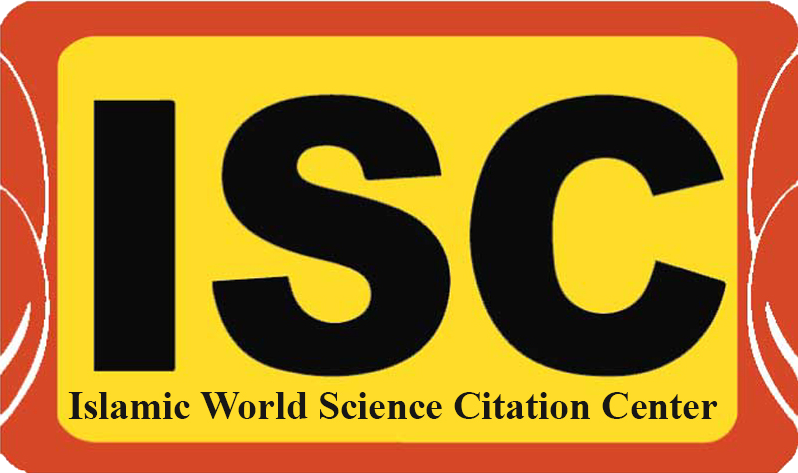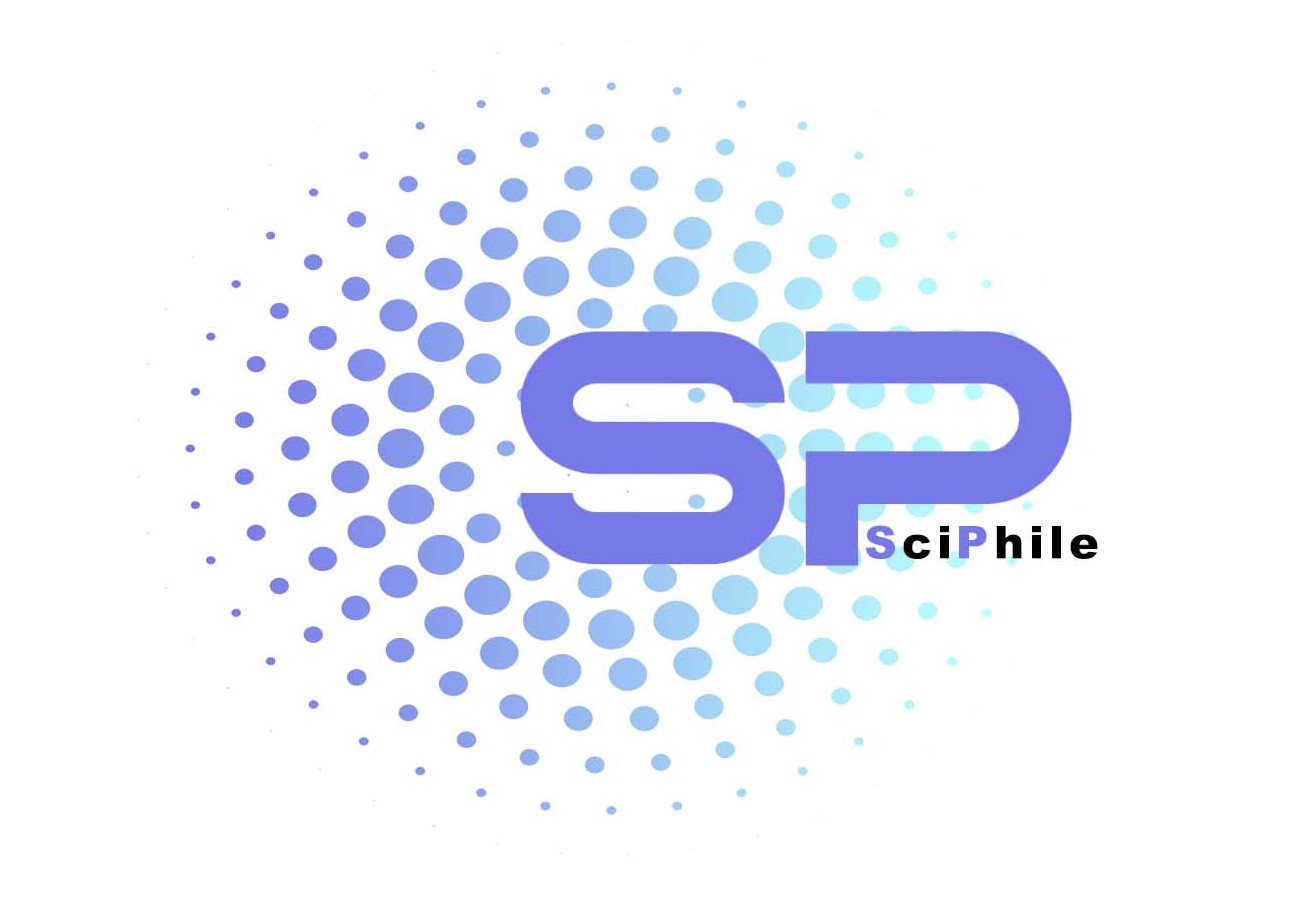The Role of Tests and Tools in Accurate Diagnosis and Severity in Children with Autism Spectrum Disorders
Keywords:
Test, Tool, Diagnosis, Severity, AutismAbstract
Objective: The current research was conducted with the aim of studying and investigating the role of tests and tools in the accurate diagnosis of autism spectrum disorders.
Methods: A total of 83 children (56 boys and 27 girls) diagnosed with autism or one of the comorbid diagnoses were selected and underwent the GARS-3 scale and the Psycho-Educational Profile Revised (PEP-3) diagnostic test. Additionally, parents were asked to complete a checklist provided by the researcher. The age range of the individuals with autism was between 2 and 7 years, with an average age of 6.5 years.
Findings: The results of the statistical analyses of the data from this study indicated a significant role of diagnosis tools.
Conclusion: So, the proper and timely use of diagnostic tests plays a significant role in the accurate diagnosis of autism spectrum disorders and also in determining the severity of these disorders.
Downloads

Downloads
Additional Files
Published
Issue
Section
License

This work is licensed under a Creative Commons Attribution-NonCommercial 4.0 International License.




















